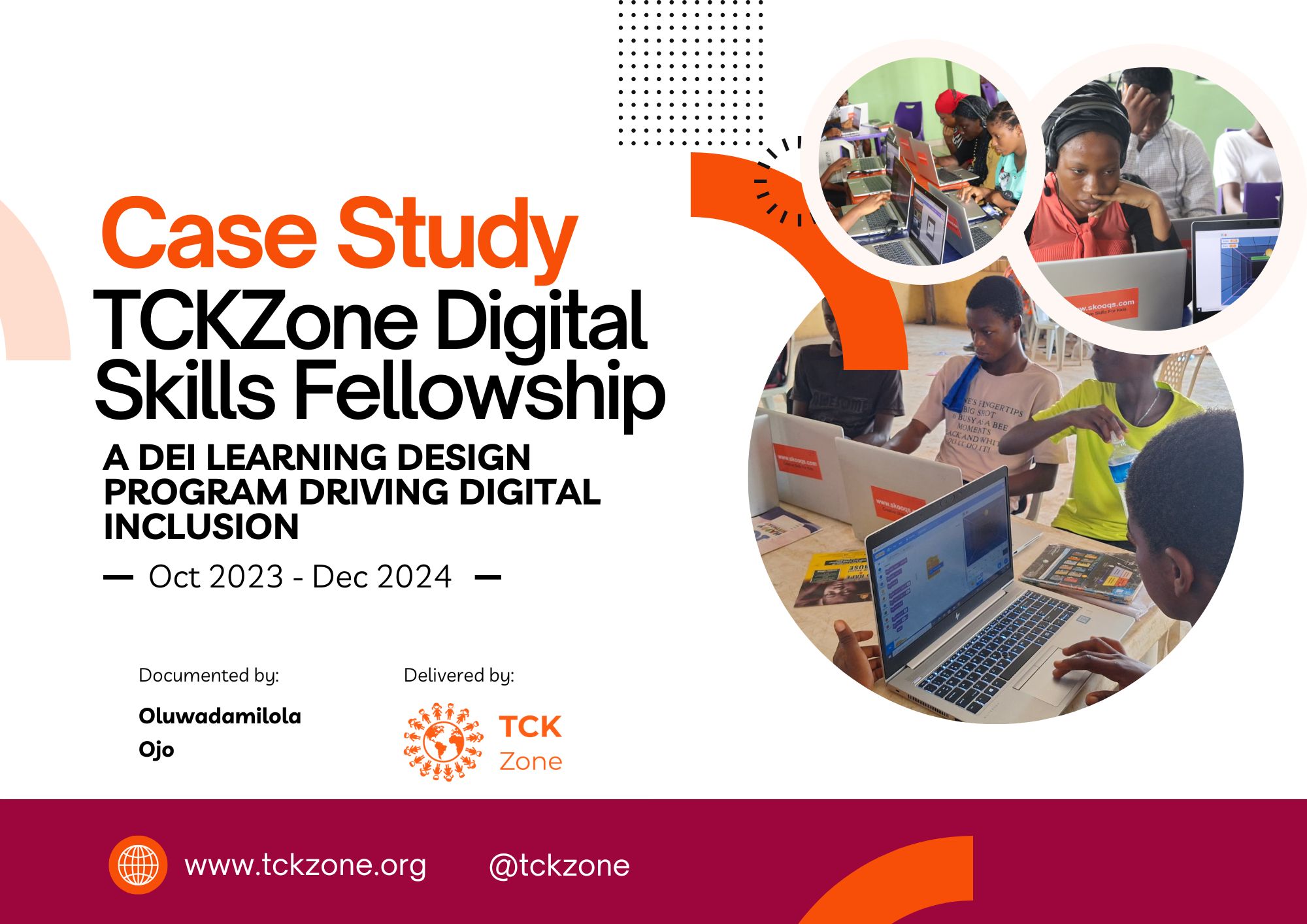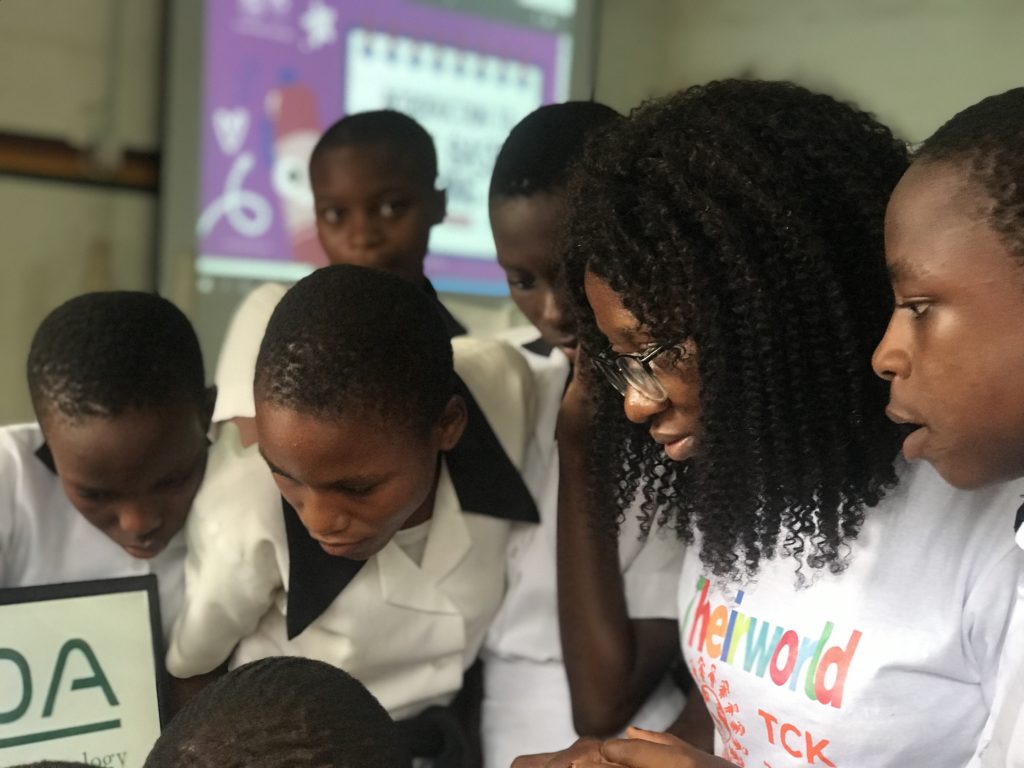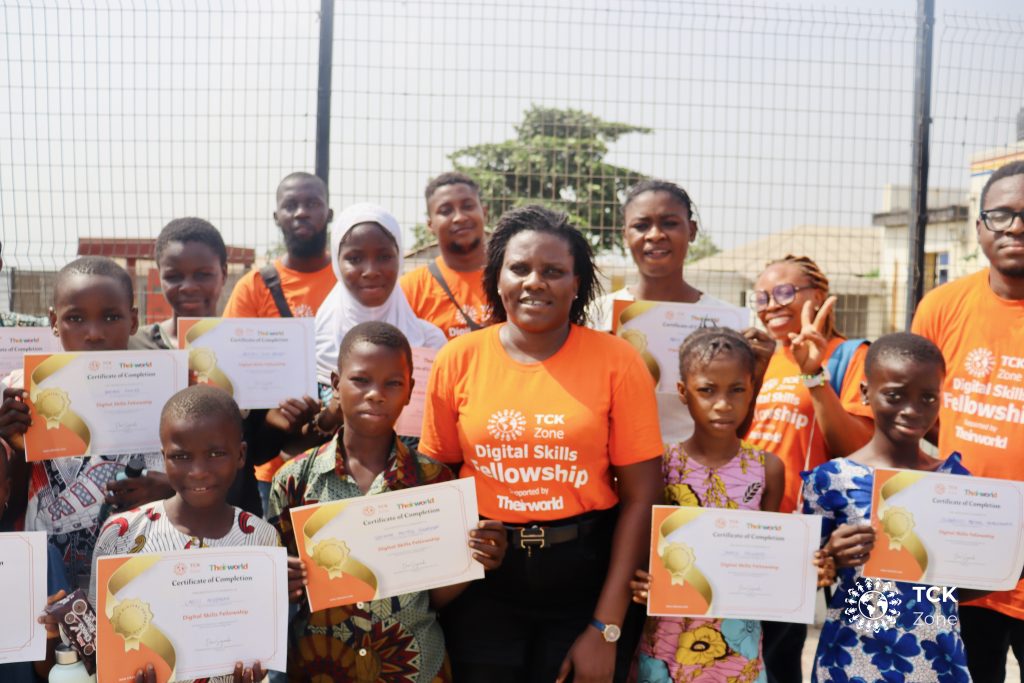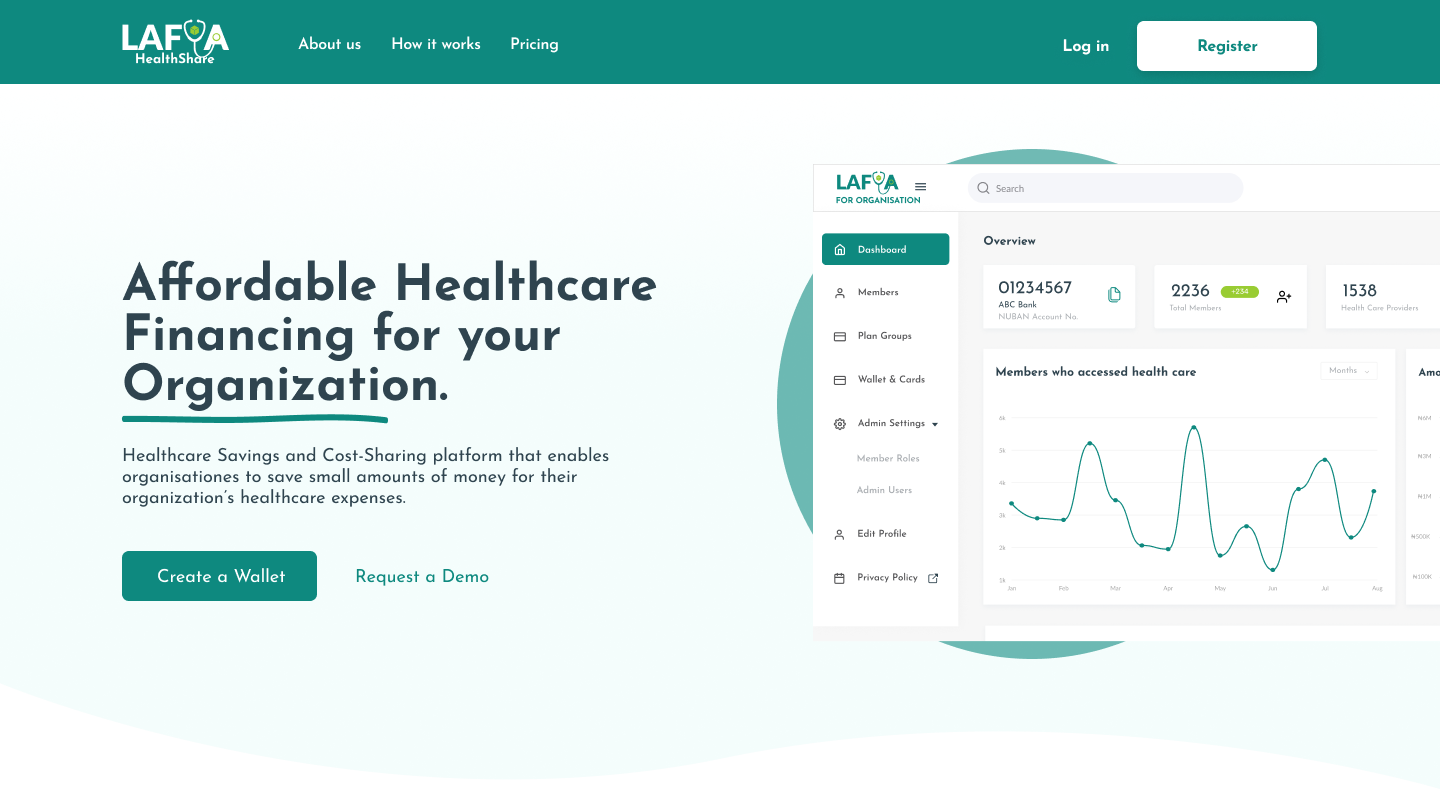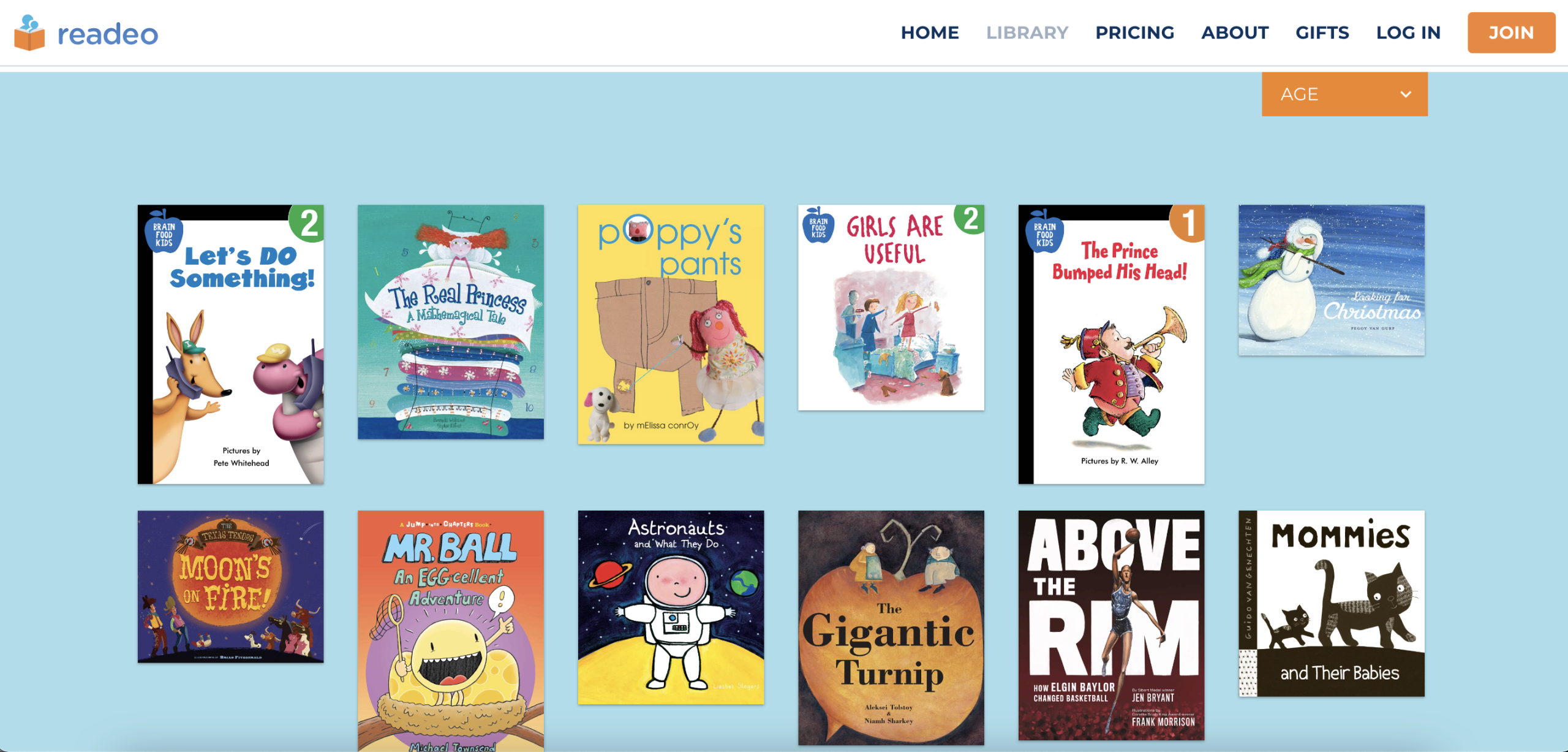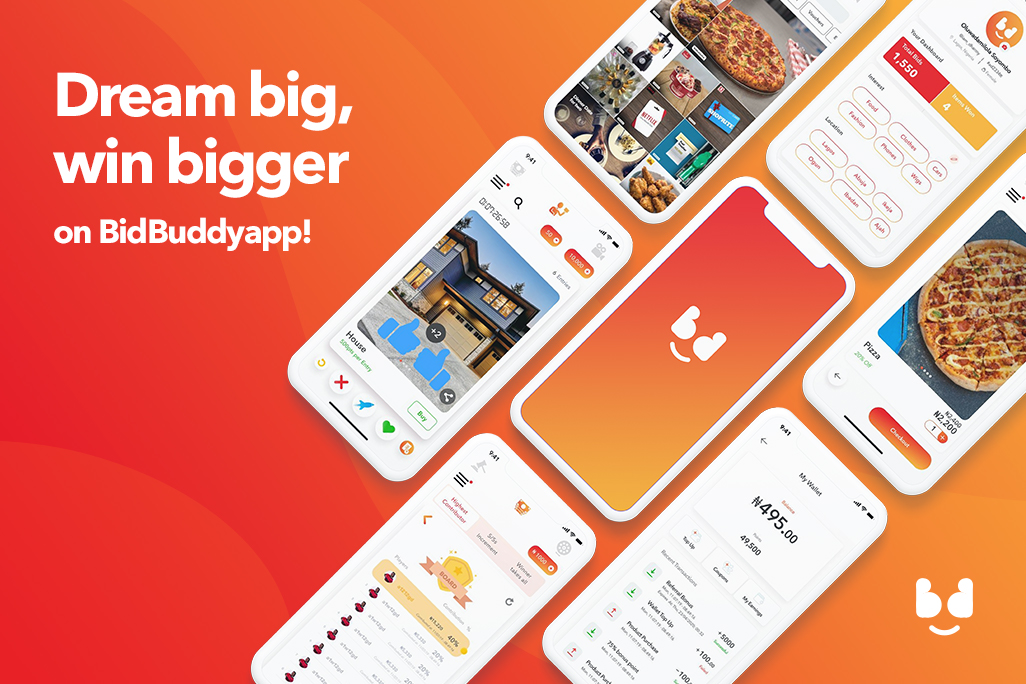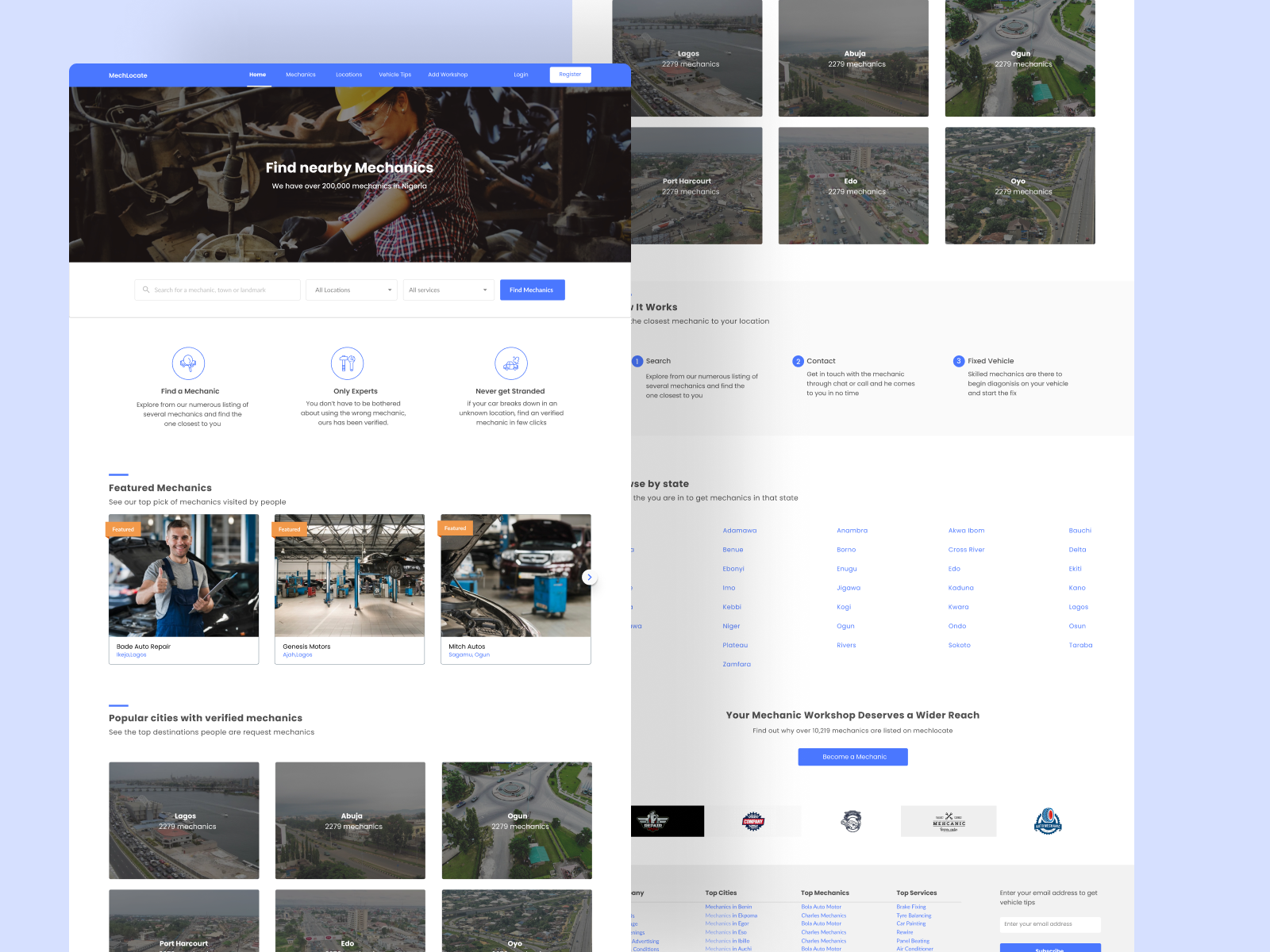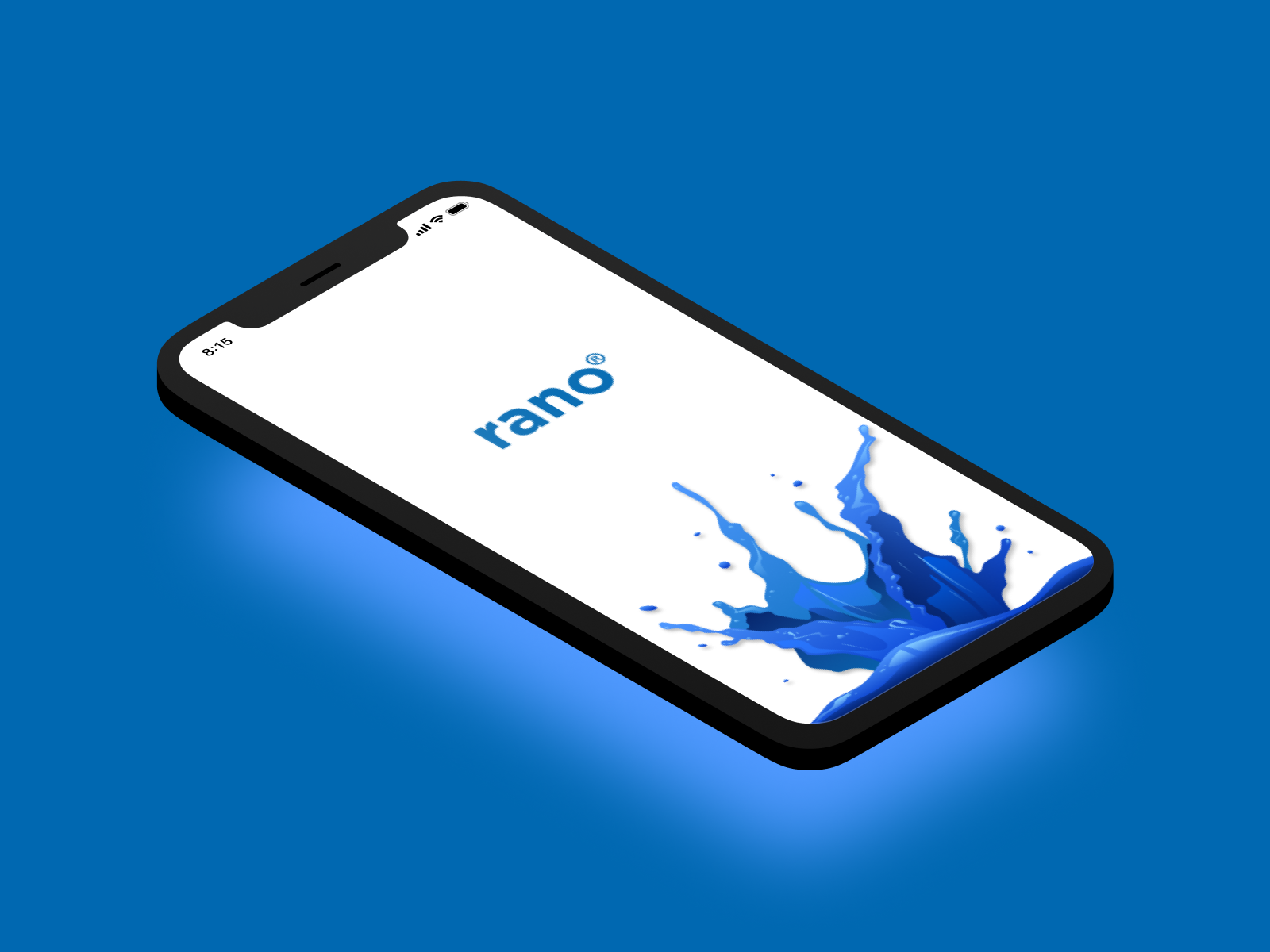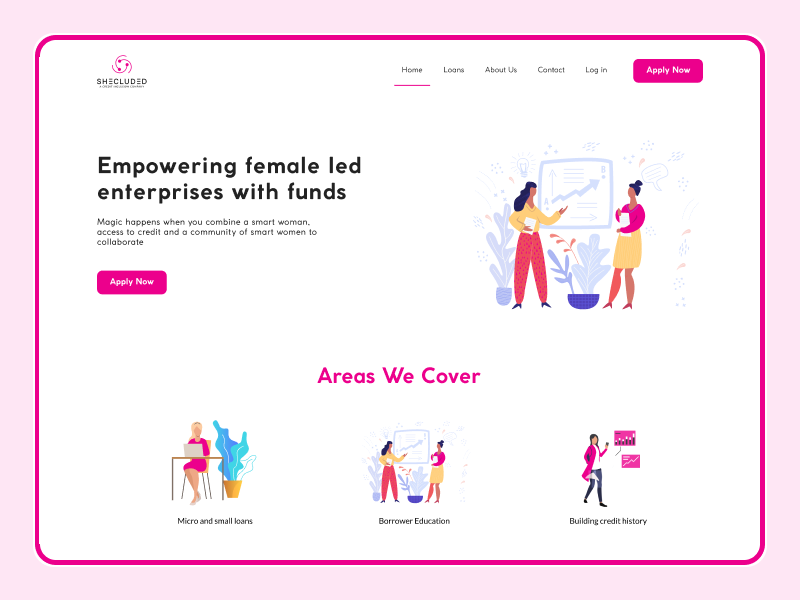Innovative ideas rarely become a reality without one crucial element: funding. For many education entrepreneurs, EdTech founders, and nonprofit leaders, knowing how to secure funding for education innovation projects is often the difference between an idea that inspires and an impact that transforms.
Having raised funding for several education-focused initiatives, including an £80,000 innovation award for digital literacy training through TCKZone, I understand both the challenge and the reward of navigating the funding ecosystem. Whether you’re building a new learning platform, launching a STEM program for girls, or developing inclusive curriculum content, funding remains a critical part of your strategy.

Understanding What Funders Are Looking For
Before you can secure funding, you must first understand what funders value. While every donor or grant agency has its unique criteria, most are seeking projects that are:
- Scalable: Can your idea impact thousands, not just dozens?
- Evidence-based: Have you tested your concept or collected user feedback?
- Inclusive: Does your solution serve marginalized or underserved groups?
- Aligned with their mission: Are you helping them meet their goals?
For example, if you’re applying to a foundation focused on girls’ education in sub-Saharan Africa, your proposal should clearly show how your innovation supports that vision.
According to the Brookings Institution, funders increasingly support innovations that show both learning outcomes and social inclusion.
Crafting a Compelling Education Innovation Proposal
A strong idea alone isn’t enough, you must communicate it clearly and persuasively. A winning proposal tells a compelling story that answers the funder’s biggest questions:
- What is the problem you are solving, and why now?
- Who does it serve, and how do you know it meets their needs?
- What is your innovation, and how is it different from what already exists?
- What is your plan to implement, measure, and sustain it?
- Why are you the right person or team to lead this?
Use data, but don’t overwhelm. Use storytelling, but stay structured. And always align your language to the funder’s language, read their strategic priorities, annual reports, or past grantee profiles before writing.
As part of my Grant Funding Strategy & Support services at DamiOjo.com, I help mission-driven organizations clarify their impact model, align with funder interests, and develop fundable proposals that stand out.

Building Strategic Relationships With Donors
While submitting grant applications is important, some of the most transformative funding relationships are born out of conversations, not just paperwork.
Make it a habit to:
- Attend education and innovation events or webinars
- Engage with donors and funders on LinkedIn or professional communities
- Share impact stories consistently, even when you’re not asking for money
- Ask for feedback on your proposals, even when you don’t win
Building visibility and trust with funders over time helps you stay top-of-mind when new funding cycles open. Many funders are also more inclined to support individuals or organizations that show commitment, transparency, and adaptability.
Diversifying Your Funding Streams
Securing funding for education innovation projects also means thinking beyond grants. While grants are foundational, consider:
- Corporate social responsibility (CSR) partnerships
- Impact investment or venture philanthropy for scalable EdTech startups
- Crowdfunding for community-driven pilots
- Government programs supporting digital education
By blending different sources, you reduce dependency and increase flexibility.
For instance, at TCKZone, we’ve leveraged a mix of local sponsorships, institutional grants, and program-based revenue to fuel our growth and reach almost a million students.
Sustaining Funding Through Measurable Impact
One of the most powerful ways to retain and grow your funding is by showing results. Funders want to know:
- What changed as a result of your program?
- What lessons did you learn?
- How are you improving based on feedback?
Create systems that help you track, document, and communicate progress. Share stories of students, teachers, or communities who have benefited from your work. This not only builds credibility but also strengthens your case for future funding.
If you’re working to transform learning outcomes in Africa or anywhere in the world, your work deserves funding. But the key lies in aligning vision with clarity, data with storytelling, and strategy with persistence.
Learning how to secure funding for education innovation projects takes research, relationship-building, and the willingness to adapt. But with the right guidance and support, it’s absolutely achievable.
Need help designing your next funding proposal or mapping your grant strategy?
Explore my Grant Funding Strategy & Support service or book a consultation today.


